Zimbabwe, being a developing country is facing a lot of challenges that include providing adequate electricity for them whole nation.
Just like any other country, aiming to adopt renewable energy as a main source of energy, Zimbabwe is yet to reach the mark. This is due to the current reliance on thermal power, which is the main source of energy generated by the country’s Hwange Power Station.

Hence the question, are non-renewable energy sources predominant in Zimbabwe’s energy matrix? The shortage of hydro-electric-power is also one of the many reasons why Zimbabwe is still using coal whilst the world turns to other energy sources. The Kariba Dam is where most of the country’s hydro electricity is generated where it also supplies neighbouring Zambia.
The Dam supplies 1,626 megawatts (2,181,000 hp) of electricity in both parts of Zambia (the Copperbelt) and Zimbabwe generating 6,400 gigawatt-hours (23,000 TJ) per annum. Each country has its own power station on the north and south bank of the dam respectively.
In 2019, Zimbabwe introduced 14-hour load-shedding which frustrated the majority of its citizens and businesses. This was as a result of major refurbishments to the dam to increase efficiency.
In instances like these, coal plays a major role in the country’s supply of electricity as it helps ease the load on the Kariba Hydro Power project.
Despite the country’s commitment at the COP 26, viable alternatives have not yet been put in place , given the costs associated with going-green initiatives. Hence, because the Zimbabwe government also owns 38% of the Hwange Colliery Company, the country will depend on coal despite it being non-renewable.
Therefore, in Zimbabwe’s situation and for a while to come, coal usage is a necessary move, as the country slowly but surely moves to green energy.
Text By Patuma Salimu


